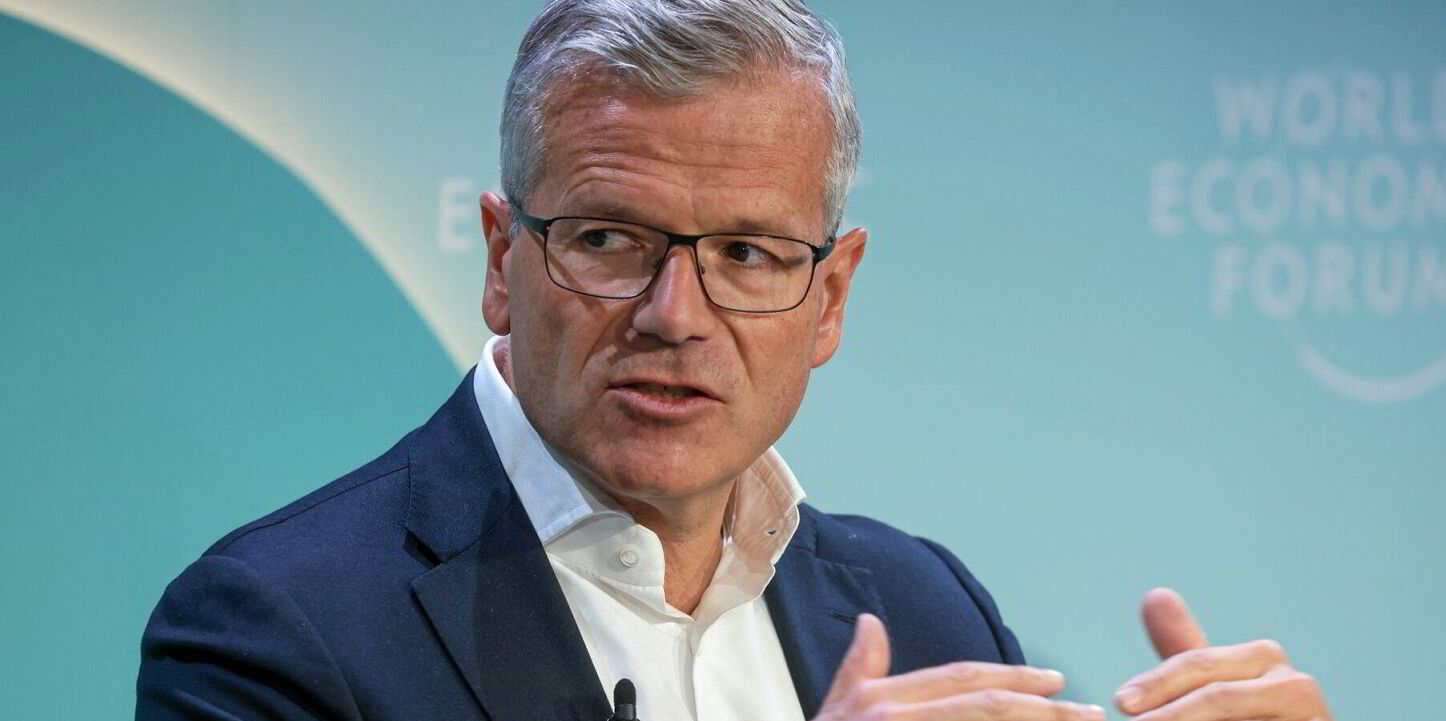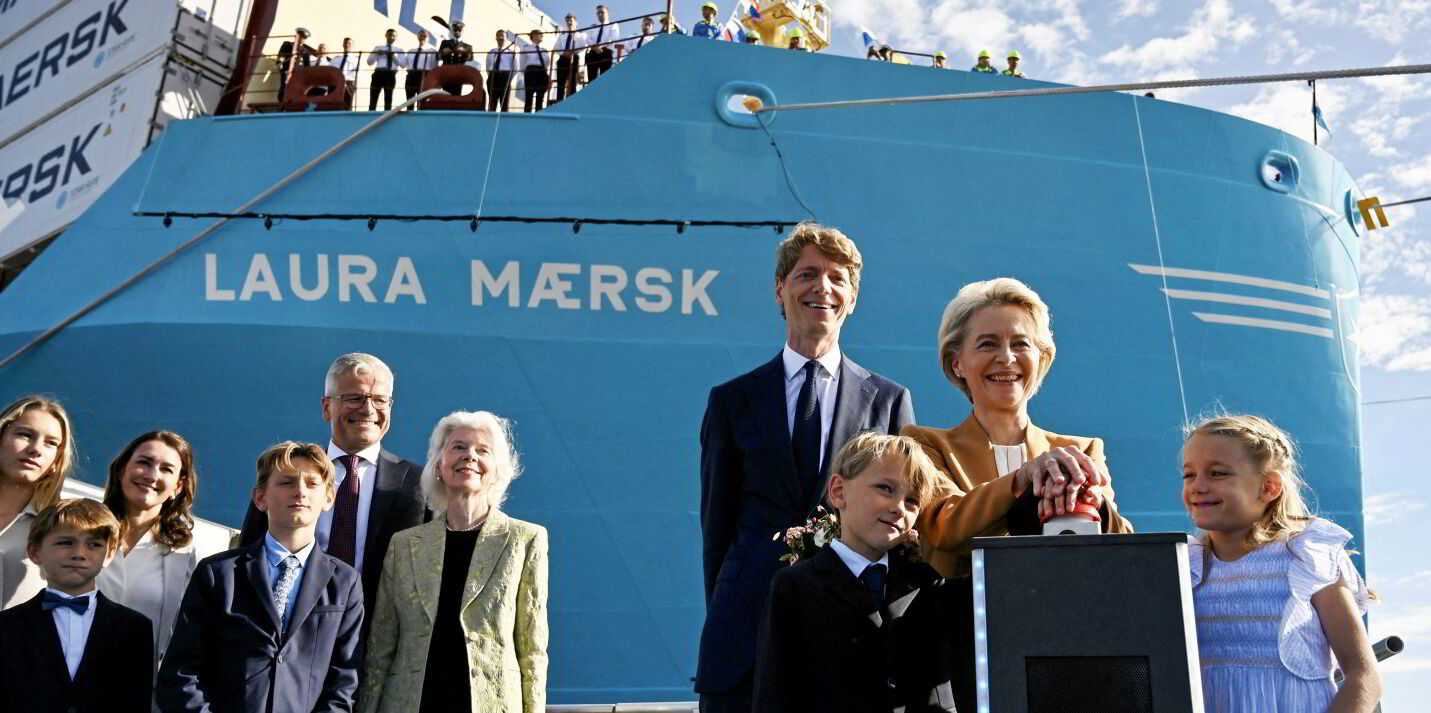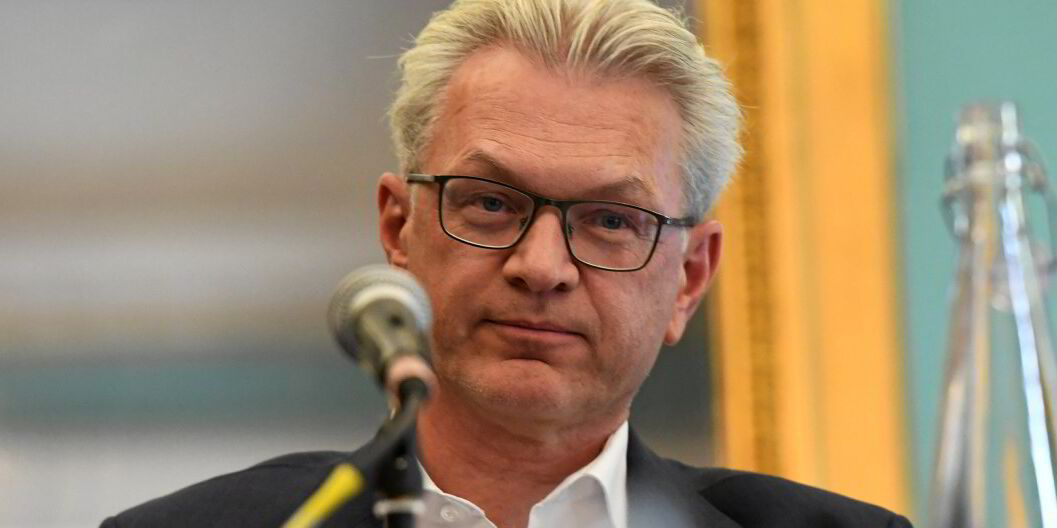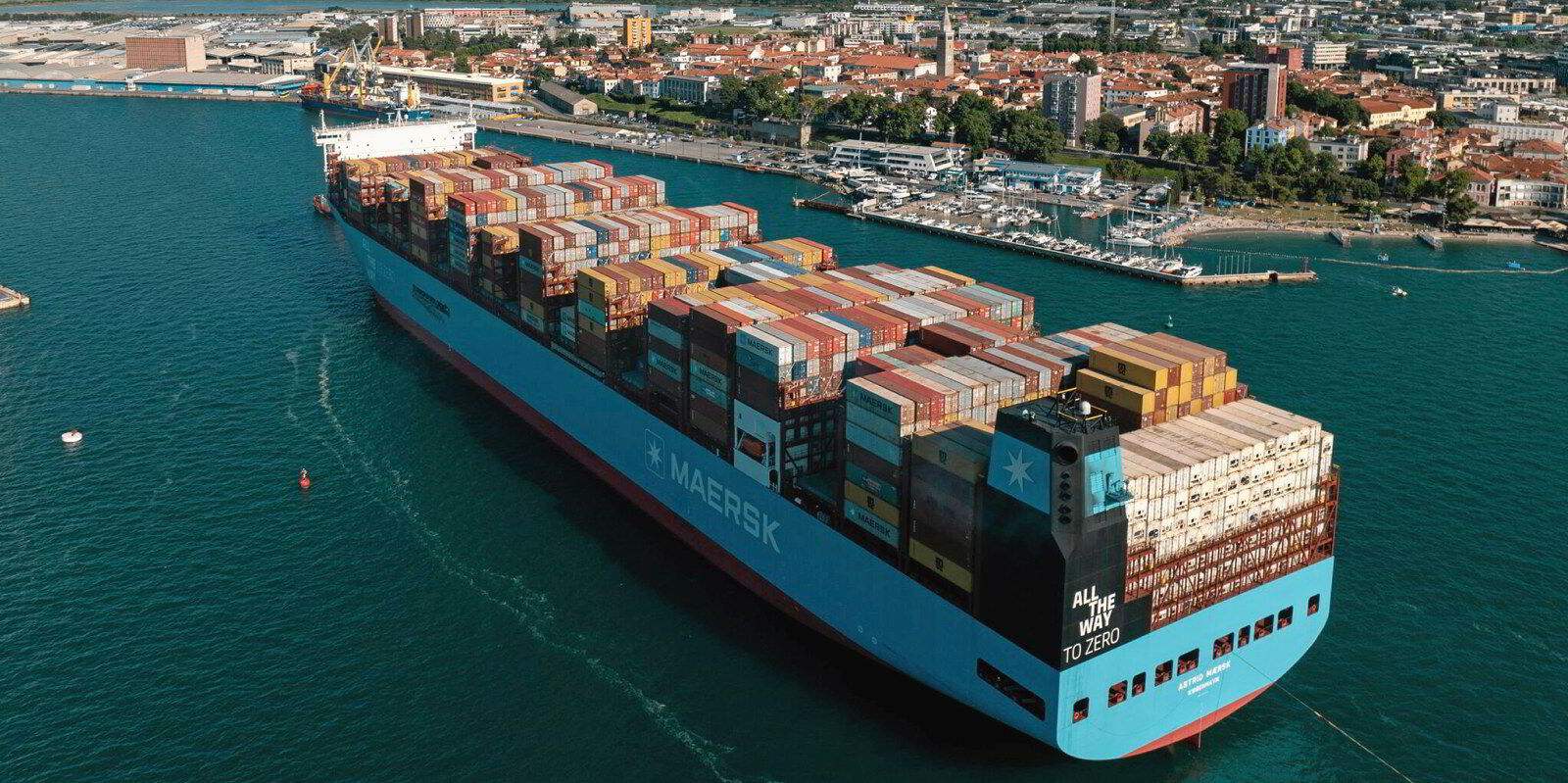Danish giant AP Moller-Maersk has taken its burgeoning interest in LNG as a marine fuel to the next level.
It has an enquiry to shipyards for a string of container ship newbuildings for its own account and charters on tonnage that could give it a fleet of at least 22 LNG dual-fuelled vessels.
Those following the company closely said Maersk has issued a request for proposals to shipbuilders for a string of 12 vessels of about 16,000 teu.
Details of the enquiry are being kept strictly confidential, they said.
Separately, brokers said Maersk has lined up time charters on at least 10 LNG dual-fuelled container ship newbuildings with two owners at one Chinese shipyard.
For five of the time charters, TradeWinds has already linked the Danish company with a newbuilding order for five 16,800-teu LNG-fuelled vessels contracted by John Fredriksen-controlled SFL Corp at New Times Shipbuilding in China.
New York-listed SFL said the ships, which it announced on 3 July for delivery dates in 2028, are backed by 10-year charters with a major liner operator for $1.2bn but it did not name the charterer.
SFL is believed to be paying about $200m each for the newbuildings.
For the other five time charters, Maersk is understood to be in final talks with Canadian boxship tonnage provider Seaspan Corp for a quintet of 16,000-teu LNG dual-fuelled ships to be ordered at the same shipyard.
The Bing Chen-led company is said to have penned the vessels at a Chinese shipyard but the deal will only be effective when the charter contract is firm.
The newbuilding enquiry plus the charters with the two owners could give Maersk a 23-ship LNG dual-fuelled fleet.
Brokers also hinted that there could be more charter deals in the works for the company on LNG dual-fuelled tonnage.
Asked about the newbuilding enquiry and the reports of the incoming charters, a spokesman for Maersk said: “We do not comment on rumours or speculation.”
Strategic pivot
In June, TradeWinds reported that Maersk was in discussions with tonnage providers for LNG dual-fuelled tonnage.
At the time, Maersk watchers said the company would be unlikely to order LNG-fuelled vessels for its own account, as this would “impact its branding”.
However, this month’s enquiry would seem to prove the company has serious intent to build the vessels.
All eyes are on Maersk and its apparent change of heart on its fuelling choices.
The company has previously panned LNG as an option for its fleet, instead embracing methanol as its chosen alternative.
In November 2020, then chief executive Soren Skou said: “We don’t believe that LNG is going to play a big role for us as a transition fuel. It is still a fossil fuel and we would rather go from what we do today straight to a CO2-neutral fuel.”
Skou was succeeded by Vincent Clerc in January 2023, who has been described as being more focused on short-term earnings than visionary policies.
Clerc has already stated that the company is looking at ammonia fuelling.
Fanfare over methanol
In the past few years, Maersk has made considerable noise about its decision to back methanol as a marine fuel.
The company, which has set a net-zero greenhouse gas emissions target for 2040 across the entire business, has contracted 25 container ships fitted with methanol dual-fuelled engines.
The first of these, the 2,100-teu Laura Maersk (built 2023), was named by European Commission president Ursula von der Leyen amid much fanfare in a high-profile ceremony in Denmark.
The Laura Maersk and its two sister ships have emerged from shipbuilder HD Hyundai Samho Heavy Industries with the words “All the way to zero” emblazoned along their hulls.
The company is aiming to run its methanol dual-fuelled boxships on green methanol and has been investing in its own production of the alternative fuel.
But until these supplies emerge at volume, Maersk is faced with running the vessels on grey methanol or very low-sulphur fuel oil, neither of which will match LNG’s 20% CO2 emissions reductions.
Encouraging shipowners
Maersk’s moves on methanol fuelling have encouraged other shipowners to follow in its wake, bumping up the newbuilding orderbook for vessels that will be able to bunker the alternative fuel.
Bunker brokers have reported a rash of enquiries on green methanol availability with their answers disappointing questioners.
Market analysts are reporting something of a resurgence in interest in LNG as a marine fuel.
Clarksons Research’s green technology tracker figures show that, in the first half of 2024, the relative share of LNG fuel-capable tonnage ordering increased, relative to methanol-capable tonnage, compared with 2023’s levels.







